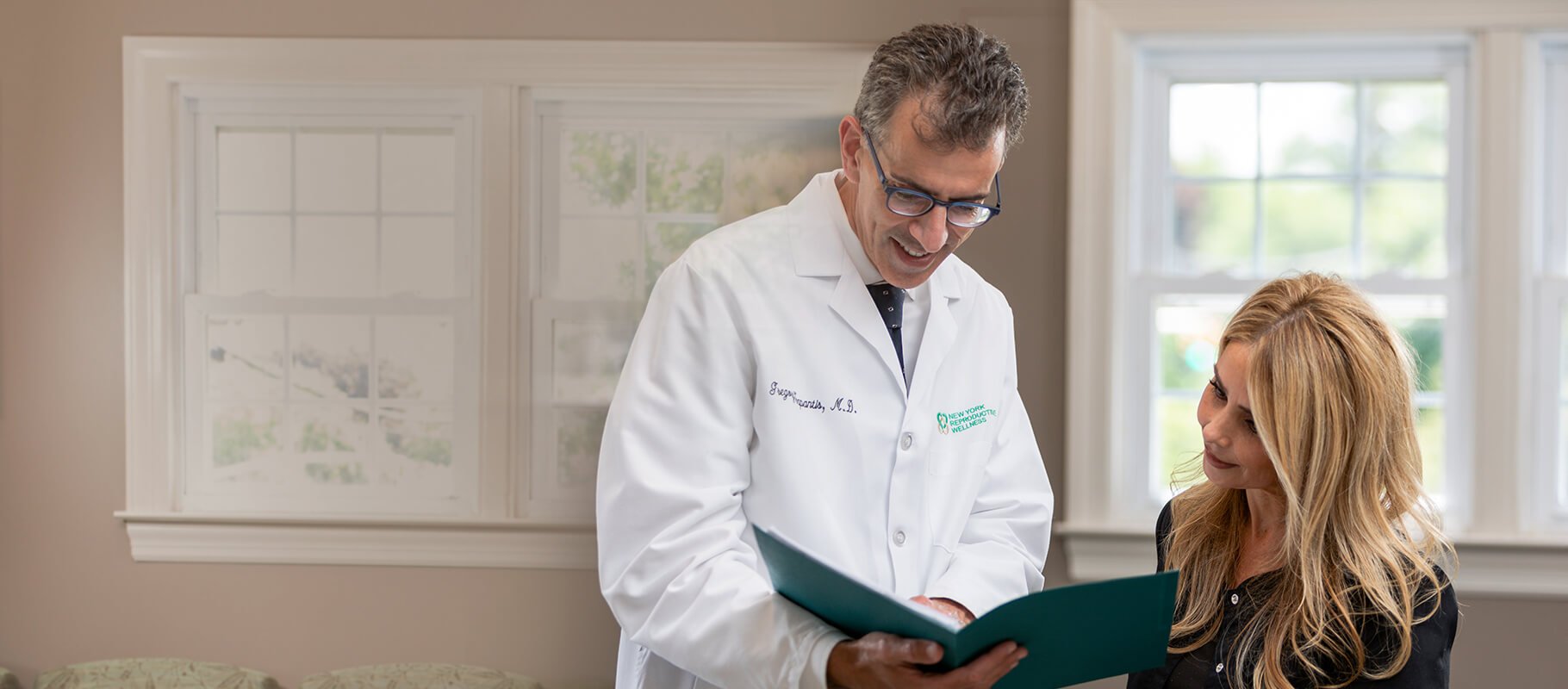Success Rates for Minimal Stimulation IVF Will be Released in 2016
To this point, the Society for Assisted Reproductive Technology (SART) hasn't broken out the success rate for minimal stimulation IVF compared with the traditional method of in-vitro fertilization. But this year, when the society releases its 2014 statistics compiled from member clinics, mini IVF figures will be extrapolated so couples can determine just how successful the milder method of IVF really is. Nationally, IVF has a success rate (meaning a normal weight singleton birth occurred) of about 30 percent when using fresh embryos. The national success rate for frozen embryos is about 24 percent. Those are 2013 success rates, the latest year for which data is available. The stats combine data from 190,773 cycles reported by the 467 clinics across the country. It includes all types of in-vitro fertilization, including conventional, natural cycle IVF and minimal stimulation IVF. When the SART figures for 2014 are released later this year, they will break down success rates for conventional IVF and mini IVF. Mini IVF is a relatively new option for couples seeking assistance at fertility clinics in New York City. Based on anecdotal evidence, mini IVF doesn't result in as many success stories. However, without evidence to support that claim, couples should not rule out mini IVF at a fertility clinic NYC, if it's the right option for them.
What is Minimal Stimulation IVF?
Unlike conventional IVF, mini IVF utilitzed oral medication and few injectable medications, if any at all. The drugs are used to obtain a small number of eggs and avoid premature ovulation and hyperstimulation. Ovarian hyperstimulation syndrome can be a dangerous situation for some women who have already gone through IVF cycles, have polycystic ovary syndrome or are young with irregular cycles. That's why women who don't produce larger numbers of eggs on higher hormone doses or women with poor quality are good candidates for mini IVF. Other good candidates include older women who produce only a few eggs regardless of the hormone dosage. Women who don't want to be faced with a decision about what to do with unused embryos should also consider it.
Other benefits of Mini IVF
Not only is mini IVF a safer option for some women, but there are other factors to consider, including:
- MIni IVF is cheaper than conventional IVF,
- It can be done with fewer office visits,
- Eggs are harvested using local anesthesia instead of general anesthesia.
Stay tuned for more information about mini IVF success rates. Until then, our New York fertility clinic can speak with you about our specific success stories with mini IVF. Contact us today for more information.







